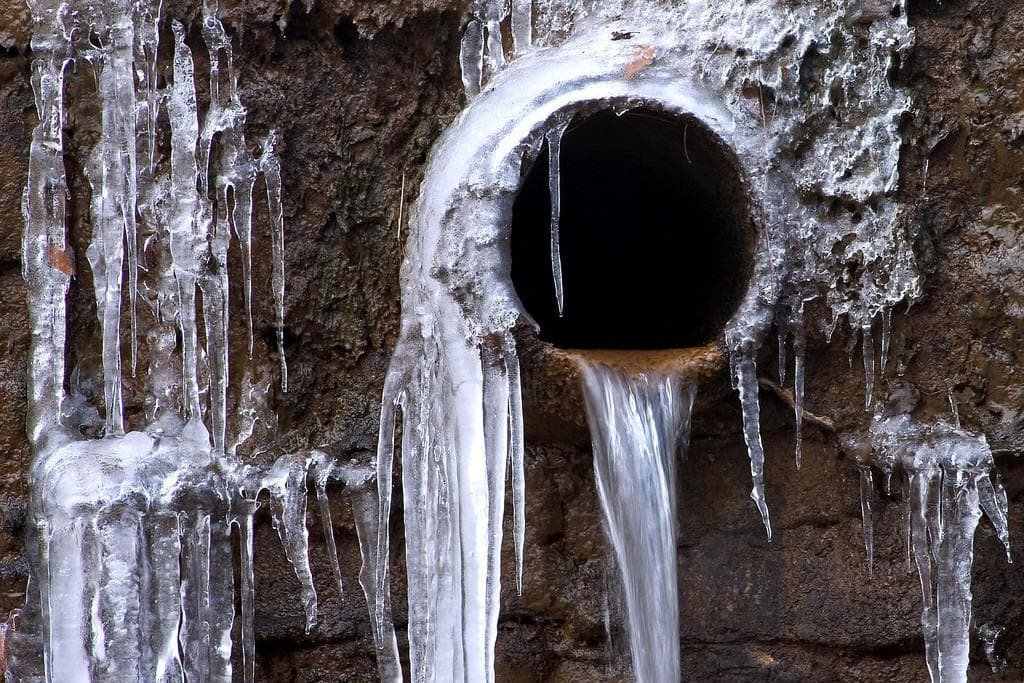How to Defend Pipes from Cold Weather: Expert Tips
How to Defend Pipes from Cold Weather: Expert Tips
Blog Article
This great article in the next paragraphs on the subject of How to Prevent Your Pipes From Freezing is truly compelling. Read it for your own benefit and figure out what you think of it.

Cold weather can ruin your pipes, specifically by freezing pipelines. Below's just how to stop it from taking place and what to do if it does.
Intro
As temperatures decline, the threat of icy pipelines rises, possibly causing expensive repairs and water damages. Comprehending how to avoid frozen pipes is critical for house owners in cold climates.
Comprehending Frozen Pipelines
What causes pipelines to ice up?
Pipes ice up when subjected to temperature levels below 32 ° F (0 ° C) for expanded periods. As water inside the pipes ices up, it expands, taxing the pipe walls and potentially triggering them to break.
Risks and problems
Frozen pipelines can cause water supply interruptions, property damage, and pricey repair work. Burst pipelines can flooding homes and create considerable architectural damages.
Indications of Frozen Pipeline
Identifying frozen pipes early can stop them from rupturing.
Exactly how to identify icy pipes
Look for reduced water flow from faucets, unusual odors or noises from pipelines, and visible frost on revealed pipes.
Avoidance Tips
Protecting vulnerable pipelines
Cover pipes in insulation sleeves or utilize heat tape to safeguard them from freezing temperature levels. Focus on pipes in unheated or outside locations of the home.
Home heating strategies
Keep interior areas adequately heated up, particularly locations with pipes. Open up cupboard doors to permit cozy air to flow around pipelines under sinks.
Shielding Outdoor Plumbing
Yard hose pipes and outside faucets
Separate and drain pipes garden hoses before winter. Install frost-proof spigots or cover outdoor taps with shielded caps.
What to Do If Your Pipelines Freeze
Immediate actions to take
If you presume icy pipelines, keep faucets open to alleviate pressure as the ice thaws. Make use of a hairdryer or towels soaked in warm water to thaw pipes gradually.
Long-Term Solutions
Architectural modifications
Think about rerouting pipes far from exterior walls or unheated locations. Add additional insulation to attic rooms, basements, and crawl spaces.
Upgrading insulation
Purchase high-grade insulation for pipes, attics, and wall surfaces. Appropriate insulation helps maintain consistent temperature levels and decreases the risk of icy pipelines.
Final thought
Preventing frozen pipelines requires aggressive procedures and fast reactions. By recognizing the reasons, indicators, and safety nets, house owners can safeguard their plumbing throughout winter.
6 Proven Ways to Prevent Frozen Pipes and Protect Your Home
Disconnect and Drain Garden Hoses
Before winter arrives, start by disconnecting your garden hoses and draining any remaining water. Close the shut-off valves that supply outdoor hose bibs and leave the outdoor faucet open to allow any residual water to drain. For extra protection, consider using faucet covers throughout the colder months. It’s also important to drain water from any sprinkler supply lines following the manufacturer’s directions.
Insulate Exposed Pipes
Insulating your pipes is an effective way to prevent freezing. Pipe insulation is readily available at home improvement stores and is relatively inexpensive. Pay close attention to pipes in unheated areas such as the attic, basement, crawl spaces, or garage. Apply foam insulation generously to create a buffer against the cold. You can also wrap your pipes in heat tape or thermostat-controlled heat cables for added warmth.
Seal Air Leaks
Inspect your home for any cracks or openings that could let in cold air. Seal any holes around the piping in interior or exterior walls, as well as the sill plates where your home rests on its foundation. Additionally, make sure to keep your garage door closed unless you’re entering or exiting. Leaving it open creates a significant air leak that can lead to frozen pipes.
Allow Warm Air Circulation
During cold snaps, it’s essential to allow warm air to circulate evenly throughout your home. Leave interior doors ajar to promote better airflow. Open kitchen and bathroom cabinets to help distribute heat consistently around the rooms. If you have small children or pets, be sure to remove any household chemicals or potentially harmful cleaners from open cabinets for safety.
Let Faucets Drip
A small trickle of water can make a big difference in preventing ice formation inside your pipes. When temperatures drop significantly, start a drip of water from all faucets served by exposed pipes. This continuous flow helps prevent the water from freezing. Additionally, running a few faucets slightly can relieve pressure inside the pipes, reducing the chances of a rupture if the water inside does freeze.
https://choateshvac.com/6-proven-ways-to-prevent-frozen-pipes-and-protect-your-home/

Do you enjoy reading up on Helpful Tips to Prevent Frozen Pipes this Winter? Give feedback below. We will be pleased to hear your opinion about this blog. We are looking forward that you visit us again in the near future. Make sure you take a moment to share this blog if you enjoyed it. Thanks a lot for going through it.
Customer Reviews Report this page